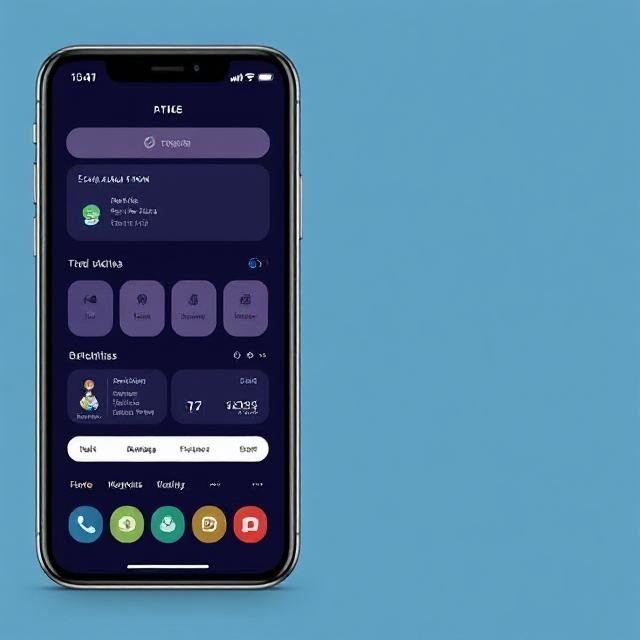The Ups and Downs of Monitoring Employees’ Online Activity

The Ups and Downs of Monitoring Employees’ Online Activity
Since the pandemic, remote work has become a lasting trend. Companies and employees alike have benefited from more flexibility, better morale, and cost savings.
Many organizations now support some form of remote or hybrid work:
- 16% are fully remote
- 40% use a hybrid model
- 44% don’t allow remote work at all
While this shift brings benefits, it also creates challenges—especially around security and productivity. As a result, many companies are turning to employee monitoring tools.
What Are Employee Monitoring Tools?
These programs track digital behavior, from login times to screenshots, websites visited, apps used, keystrokes, and even video or audio. Some tools notify employees when they’re being tracked; others operate silently.
The Pros
1. Better Insight into Time Usage
Managers can see how employees spend their time on tasks, helping with project planning and budgeting.
2. Less Time Wasted
Knowing they’re being watched makes some employees less likely to browse social media or surf unrelated sites during work hours.
3. Easier Time Tracking for Remote Teams
For freelancers or small teams, these tools offer a simple way to log hours and manage payments automatically.
The Cons
1. Lower Morale and Trust
Feeling constantly watched can make employees feel distrusted, leading to frustration, lower motivation, and even burnout.
2. Misleading Productivity Metrics
Tools often measure keyboard and mouse activity, but real work—like thinking through a problem or talking on the phone—doesn’t always show up in those numbers.
3. Risk of Losing Good Talent
Studies show that nearly half of tech workers would quit if monitored. Talented people want trust and freedom, not constant surveillance.
Finding the Right Balance
Before setting up any tracking system, ask yourself:
- What exactly do you need to monitor?
- Are you treating everyone the same without cause?
- How do your employees feel about it?
- Are you solving a real issue or creating one?
- Is the data actually useful—or just noise?
Choosing the right tools requires care and strategy. If you’re unsure where to start, getting expert advice can help you find solutions that protect both your business and your team’s trust.





